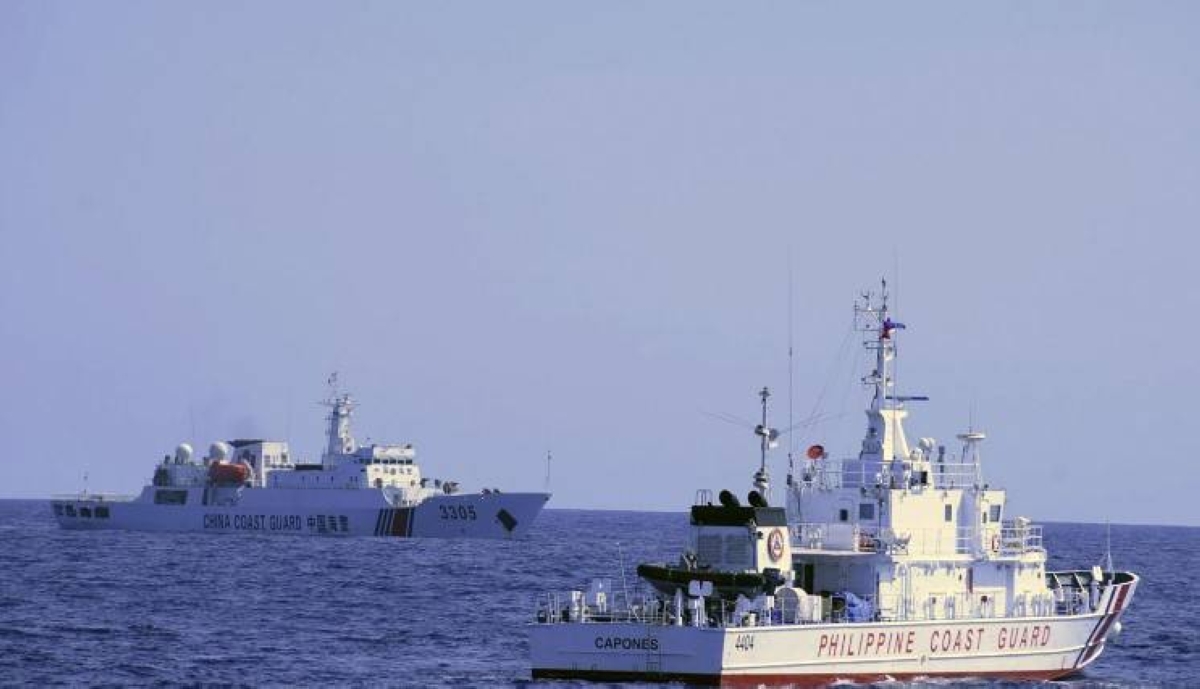The South China Sea: China’s Assertive Behavior and the Dispute
The incident involving the CCG ship shadowing the Philippine research vessel is just one example of China’s assertive behavior in the South China Sea. Over the years, China has gradually increased its presence in the region, building artificial islands, deploying military assets, and establishing maritime outposts on disputed territories. These actions have not only raised concerns among neighboring countries but also sparked international criticism.
Territorial Claims and Conflicting Interests
The South China Sea is a strategically important waterway through which trillions of dollars’ worth of trade passes each year. It is also rich in natural resources, including oil, gas, and fisheries. As a result, multiple countries, including China, the Philippines, Vietnam, Malaysia, and Taiwan, have overlapping territorial claims in the area. These conflicting claims have led to tensions and occasional confrontations between the claimant states.
The Philippines’ Challenge and International Response
The Philippines, in particular, has been at the forefront of the dispute with China. In 2013, the Philippines filed a case against China at the Permanent Court of Arbitration in The Hague, challenging the legality of China’s nine-dash line, which claims nearly the entire South China Sea. In 2016, the court ruled in favor of the Philippines, stating that China’s claims had no legal basis under international law.
However, China has refused to accept the ruling and continues to assert its claims in the South China Sea. Its actions, including the recent incident with the Philippine research vessel, demonstrate a disregard for international law and a willingness to use its military and paramilitary forces to advance its interests.
The international community has responded to China’s actions with concern and condemnation. The United States, in particular, has been vocal in its support for the freedom of navigation and overflight in the South China Sea. It has conducted regular freedom of navigation operations (FONOPs) to challenge China’s excessive maritime claims and has called on other countries to do the same.
In addition to the United States, other countries, including Japan, Australia, and European nations, have also expressed their concerns about China’s behavior in the South China Sea. They have called for a peaceful resolution of the disputes and a commitment to upholding international law.
Efforts to Address the Disputes and Challenges Ahead
Efforts to address the South China Sea disputes have been made through regional mechanisms such as ASEAN and dialogue platforms like the ARF. However, progress has been slow, and finding a mutually acceptable and lasting solution remains a challenge.
In the meantime, the situation in the South China Sea continues to evolve, and tensions remain high. The presence of China’s coast guard and military vessels in the region, as well as its assertive behavior towards other claimant states, pose a risk of miscalculation and potential escalation.
To mitigate these risks, it is crucial for all parties involved to exercise restraint, refrain from provocative actions, and engage in meaningful dialogue. Confidence-building measures, such as the establishment of communication hotlines and the implementation of a code of conduct, can help reduce tensions and build trust among the claimant states.
The international community also has a role to play in promoting stability and peace in the South China Sea. It should continue to support the rights of all countries to freedom of navigation and overflight, as well as the peaceful resolution of disputes based on international law.
Ultimately, a peaceful and stable South China Sea is in the best interests of all countries in the region and the international community as a whole. It is only through concerted efforts and a commitment to dialogue and cooperation that a lasting solution to the disputes can be achieved.
Source: The Manila Times








